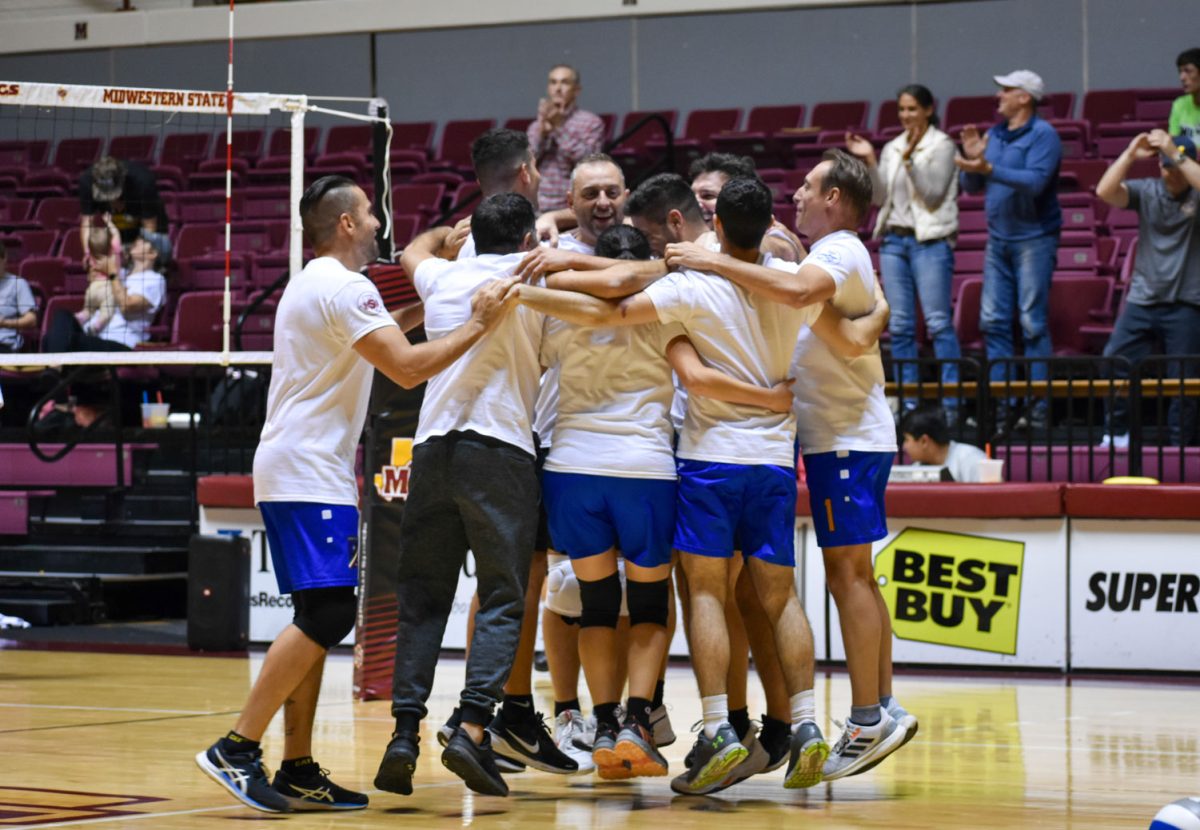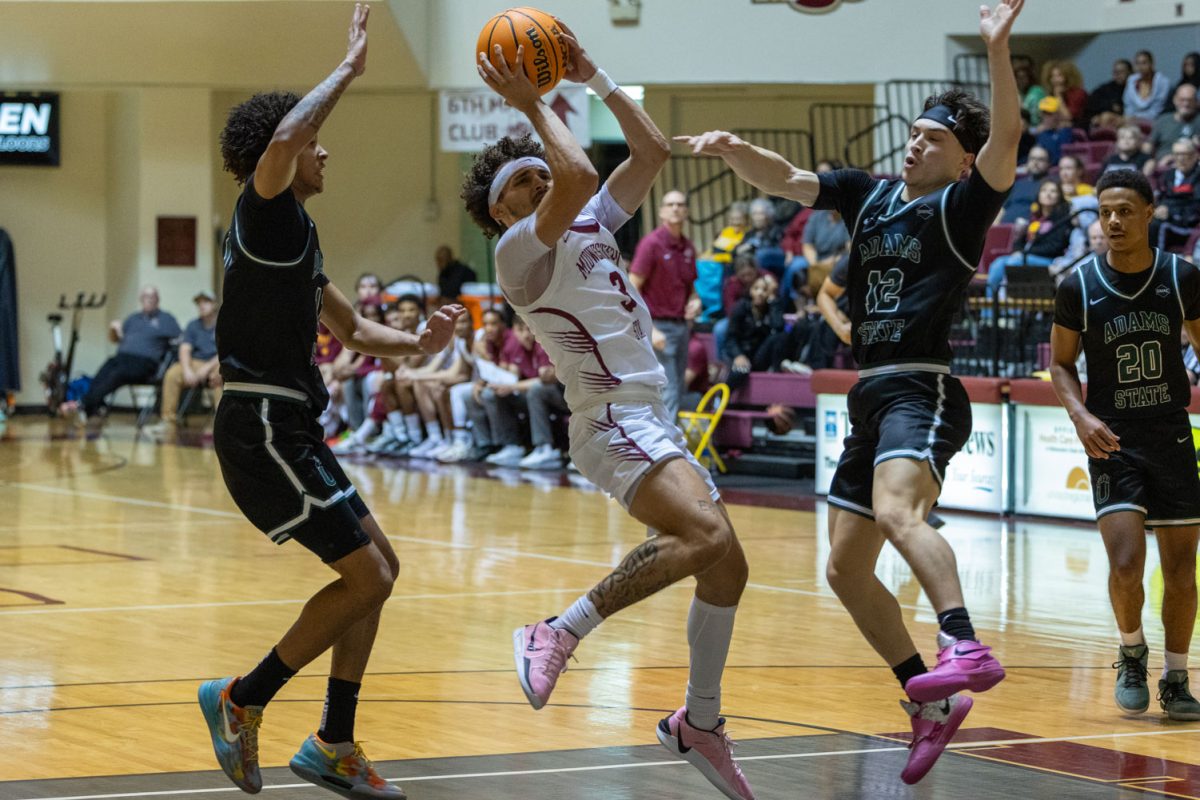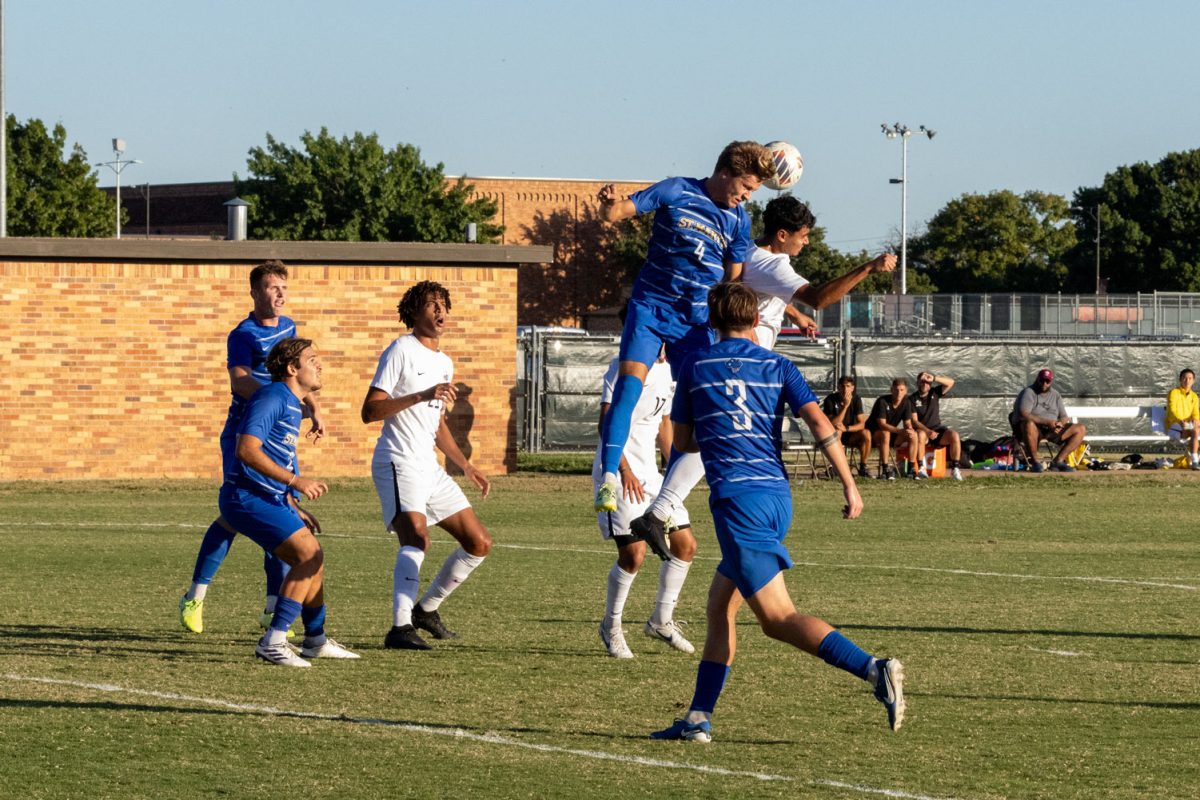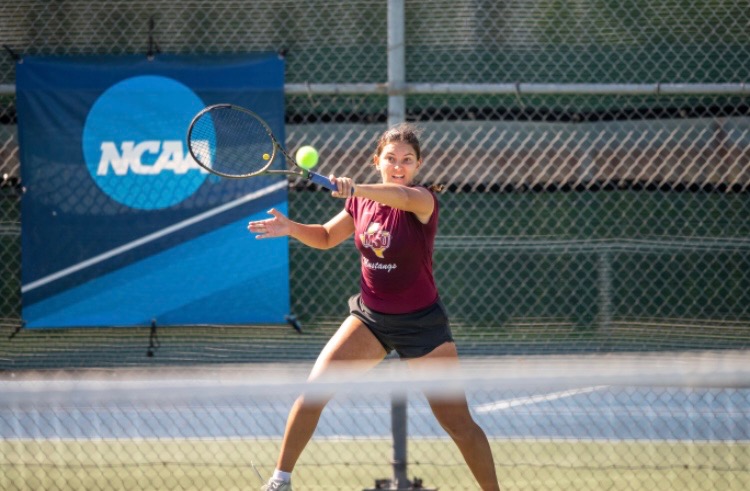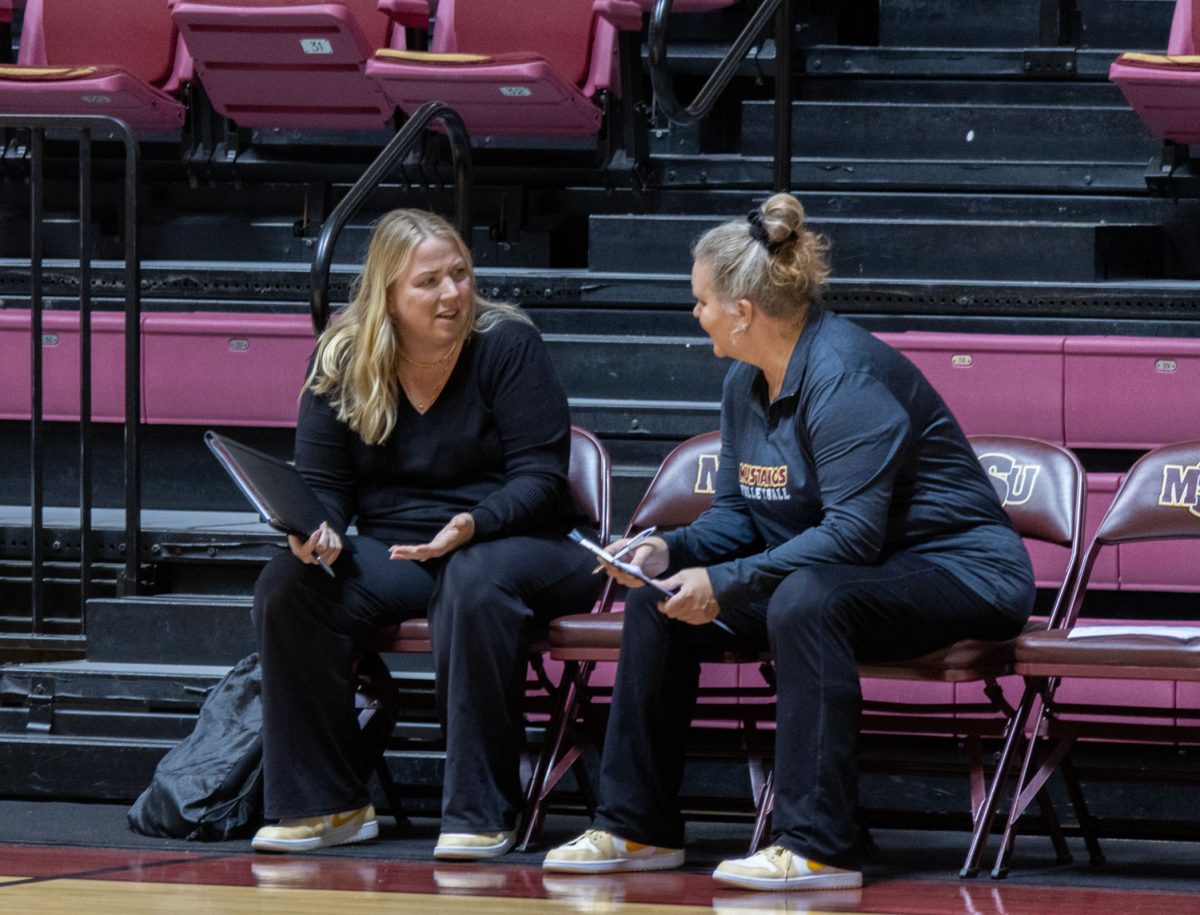On Feb 23, the NCAA randomly chose 16 total student athletes, members of the softball and football teams, for random drug testing, something athletes said is as uncomfortable as standing in front of a complete stranger in a small room demanding you urinate can be.
“The process begins with the athletic director, compliance director and the head athletic trainer all received a letter Monday of when and where the test is to be taken place from the site coordinator,” said Gary Diehm, head athletic trainer.
The list of the chosen few are sent via email from the National Center of Drug Free Sport located in Kansas City, which handles all sport drug testing for professional organizations including the National Football League, the National Basketball Association and Major League Baseball, NCAA, and the National Association of Intercollegiate Athletics to Diehm and the Athletic Director Charlie Carr.
“In some cases it seems like the same athletes that have been at the university for a while are chosen to do the testing others are typically new players whether they are transfers from different universities/ junior colleges or incoming freshman,” Diehm said.
The NCAA drug tested is an observed test, which means that an NCAA official must be present during the testing to prevent athletes from tampering with the results. “The athletes must bring a valid form of ID to make sure no one tries to cheat the drug screening,” said Alisha Rytting, graduate assistant athletic trainer.
To have an acceptable test result, the test sample must have 0.5 specific gravit. Simply put, the darker the test samples the more acceptable it is to test. The sample must also be of the appropriate temperature to ensure a fair test result.
“After the test is completed the sample is divided into two parts, part, A which is the part that is tested initially, and part B, which is to be frozen,” said Diehm. “Once the sample is divided it is sent to the University of California, Los Angeles laboratories where the testing is to take place,” said Diehm. Once the results come in they are sent back to the universities’ respective athletic directors and coaches
If the initial sample, part A ,is positive then the student athlete who gave the sample can appeal the results to the NCAA and the frozen sample B will be tested.
“If the result of the test comes back negative then that student athlete is suspended from all activities with their respective sports for a calendar year as well as loses a year of eligibility from their sport,” Rytting said.
Diehm said few students have ever failed the random screenings.
“During the 15 years I have been here only one athlete has failed a drug test and was forced to miss a year,” Diehm said. “I had a kid in 2007 who failed a drug test because he was prescribed weight loss medication and did not inform us of it. Fortunately we were able to get it appealed due to it being prescribed to him by a doctor,” Diehm said.
During drug testing the NCAA is looking for four specific categories of performance enhancing substances: anabolic agents, which are typically steroids, peptide hormones and analogues human growth hormones, stimulants (caffeine) and diuretics (weight loss pills).
“These substances in addition to street drugs such as marijuana, cocaine etc. will cost a year in your sport,” said Diehm.



